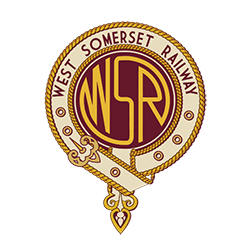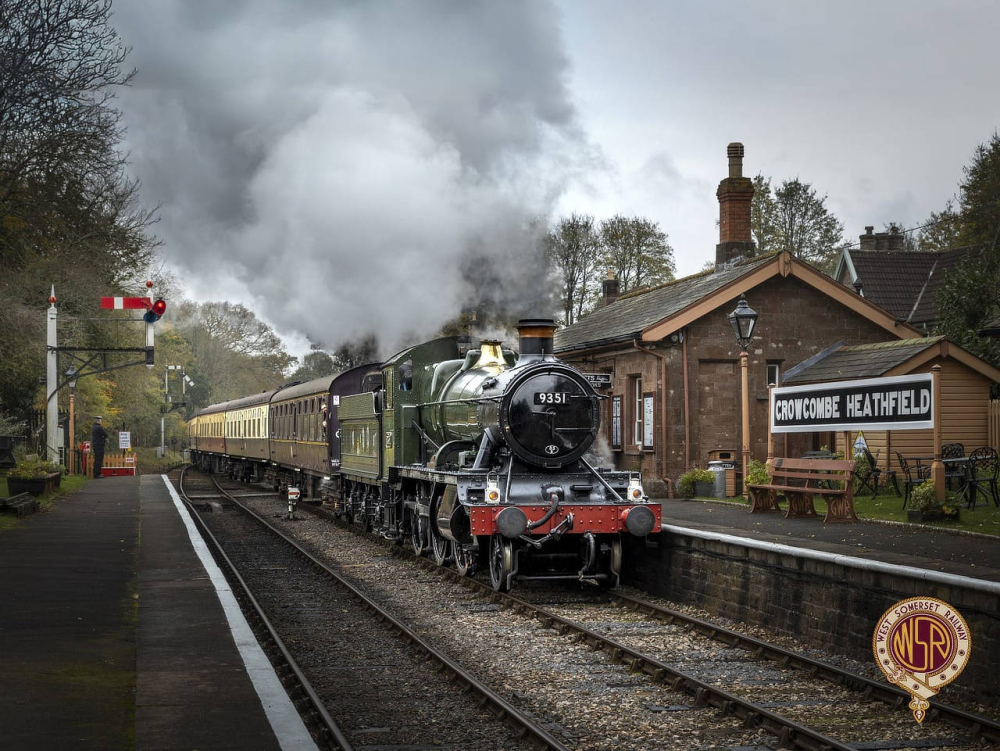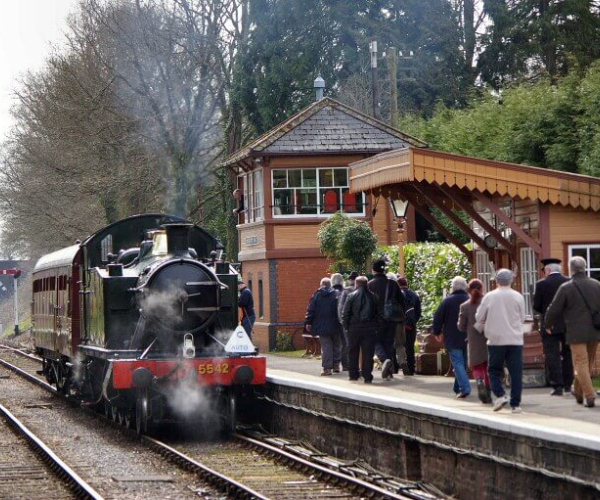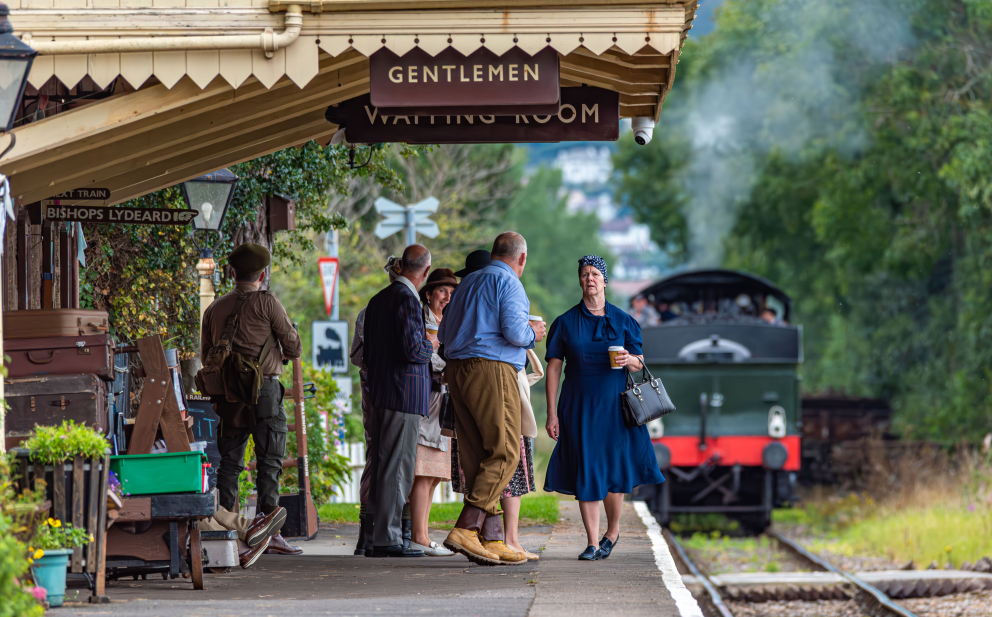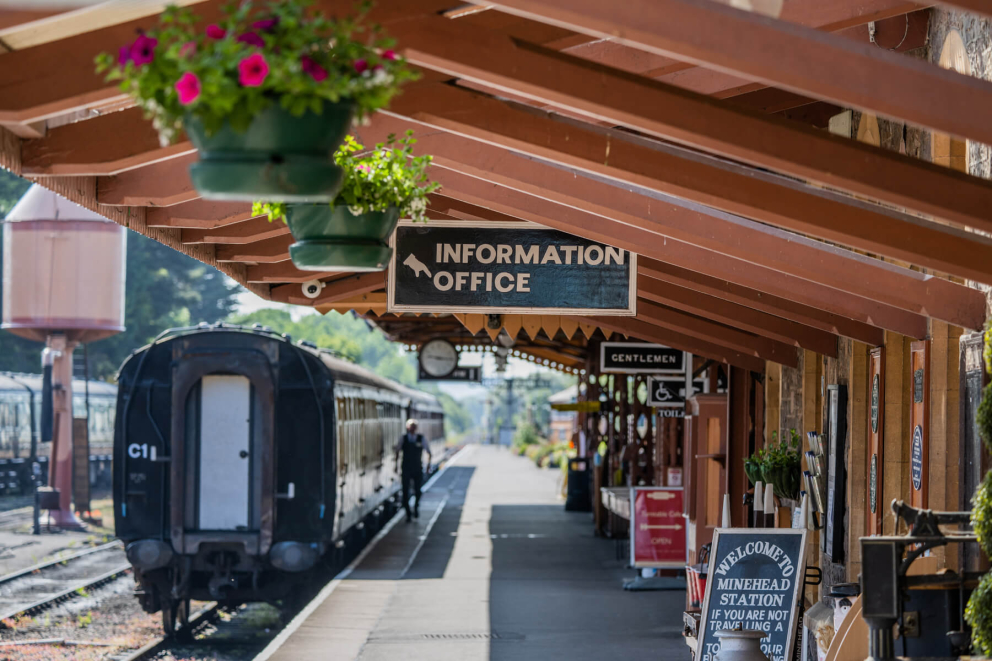In a picturesque and tranquil rural location at the hamlet of Crowcombe Heathfield, the station sits by the highest point on the West Somerset Railway, just under 400 feet above sea level. Here you can often hear approaching trains working hard to climb up the gradient for several minutes before they arrive. The station is not close to any major settlement – the village of Crowcombe lies nearly two miles away. There is limited car parking in marked spaces on the approach road, but please ensure that you park carefully so as not to block access for local residents.
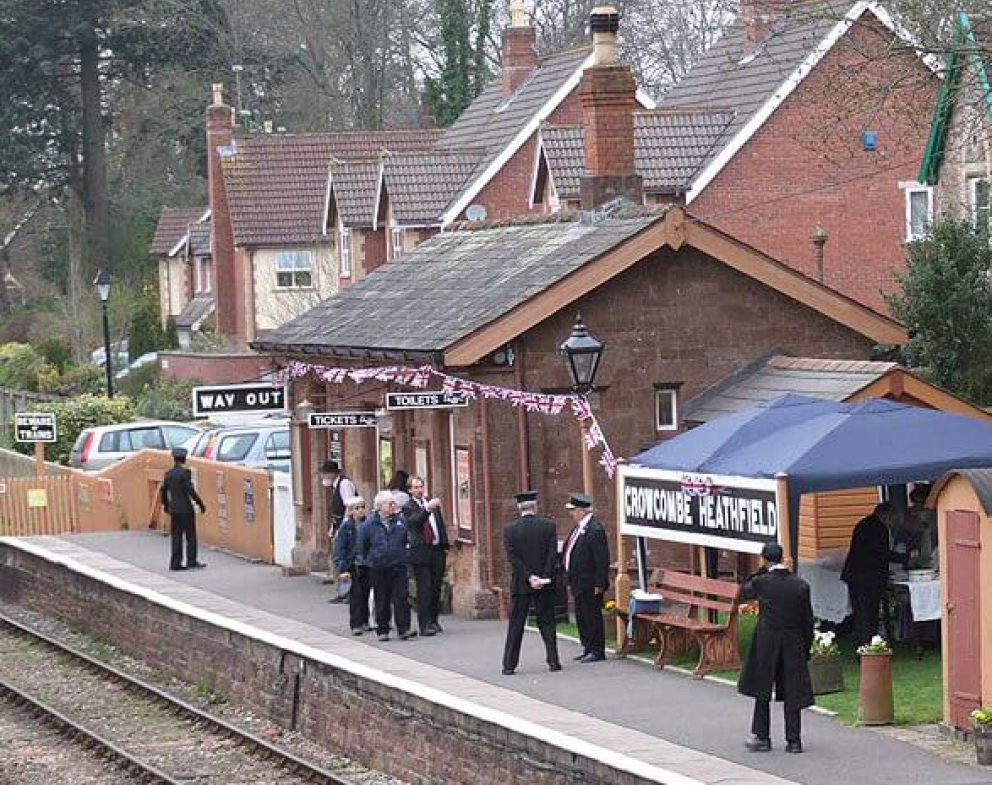
Station Facilities
The entrance is by the main station building on the up (Bishops Lydeard) platform, where tickets can be purchased at the booking office. During operating days, the station is open for light refreshments, There is also a small shop and an accessible toilet. The signal box is on the down (Minehead) platform and on busy days, trains travelling in opposite directions pass each other here. This platform is reached via a foot level crossing, accessible to wheelchairs, but please take care when crossing the line. There is a viewing platform for photographers just over the crossing and a display of broad gauge track in the garden at the Minehead end of the platform. The station is run by a group of volunteers which includes a keen gardening team to make sure there is a spectacular floral display.
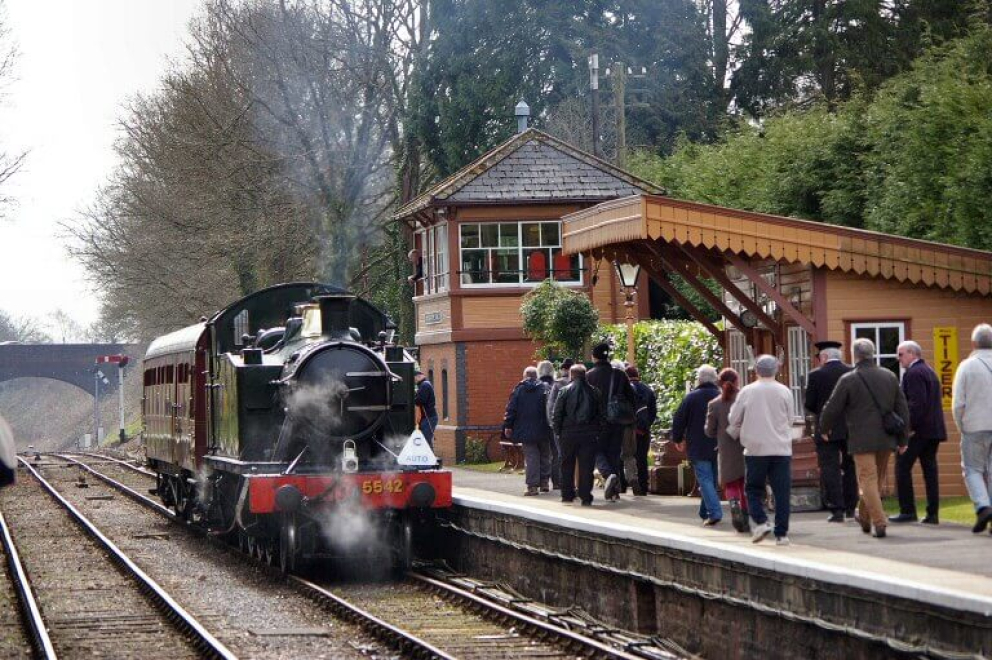
History of Crowcombe Heathfield Station
Construction of the original West Somerset Railway started on 7 April 1859 with the cutting of the first sod near the site of the deep cutting on the southern approach to Crowcombe Heathfield. The station was built for the opening of the line in 1862 with a stone main building and single platform, reached by a new road between the country lanes which cross the line on each side. Later additions included a siding and loading bank, goods office, the passing loop with a second platform, shelter and signal box. The platforms and loop were extended in the early 1930s. The station suffered badly in the rundown under British Railways with much being demolished, although the main station building survived. The station found a moment of fame in 1964, when it was featured in the Beatles first film “A Hard Day’s Night”. In the preservation era the station has been restored and extended. Replicas of the goods office and down platform shelter have been built, the passing loop reinstated, and a replacement signal box built using a wooden top from Ebbw Vale in South Wales on a new brick base. The rural charm of the restored station has led to it been used for further filming, including scenes in “The Lion, the Witch and the Wardrobe” and “Land Girls”.
